Your Guide to Glowing Skin with a Papaya Face Mask (The Right Way)
I’ve been working with natural skincare ingredients for a long, long time, and I’ve seen trends pop up and fade away. But some ingredients are mainstays for a reason. Papaya is one of them. We all know it’s a delicious fruit, but for those of us obsessed with skin, it’s a total powerhouse of active compounds.
In this article
Honestly, my real lightbulb moment with papaya didn’t come from a textbook. It came from watching a seasoned esthetician I trained with years ago. She would use a simple, fresh papaya mask on clients, and the results—especially the glow—were undeniable. So, this isn’t just another list of benefits. I want to give you the practical, hands-on knowledge to use this fruit wisely, respecting both its power and its limits.
So, What’s the Magic Inside the Fruit?
To use any ingredient well, you have to know why it works. Papaya’s effect on the skin isn’t magic; it’s straight-up science, thanks to some key enzymes and vitamins.

The real stars of the show are its enzymes, primarily one called papain. Think of it this way: the top layer of your skin is made of dead cells held together by a sort of protein ‘glue’. Papain’s job is to dissolve that glue, allowing the dull, old cells to gently lift away without any harsh scrubbing. This is a much more controlled and gentle way to exfoliate, revealing the brighter, fresher skin just beneath the surface. It’s why your skin can look instantly more radiant after a good papaya mask.
On top of that, papaya is loaded with skin-loving vitamins. It’s packed with Vitamin C, a fantastic antioxidant that helps protect your skin from environmental damage and is crucial for building strong collagen. It also has a healthy dose of Vitamin A (from beta-carotene, which gives the fruit its vibrant color) to help keep cell turnover regular, and Vitamin E to moisturize and protect. When you apply it as a mask, you’re giving your skin a direct, surface-level dose of all this goodness.
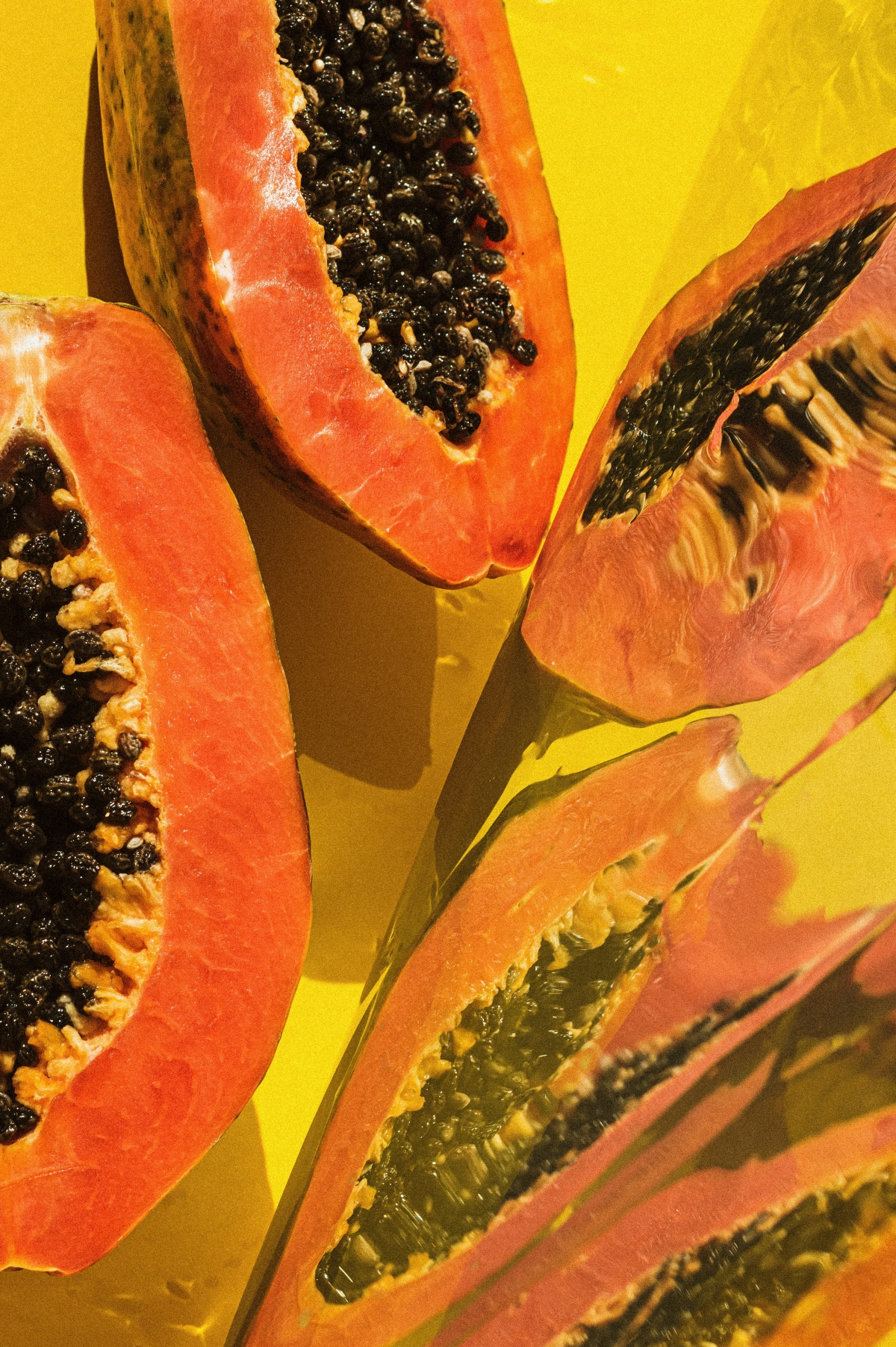
The Most Important Step: Choosing Your Papaya
This is the first and most critical decision you’ll make, as it determines how intense your treatment will be. There’s a huge difference between using a ripe fruit and an unripe one.
For most people, especially if you’re new to this, you’ll want Ripe Papaya. This is the one you’d want to eat. At the store, look for one that’s mostly yellow-orange and gives just a little when you press it, kind of like a perfect avocado. Ripe papaya has soft, sweet orange flesh. Its enzyme levels are lower, making it a much gentler option that’s perfect for brightening, soothing, and providing a very mild exfoliation. It’s ideal for normal, dry, and even slightly sensitive skin types. A typical papaya costs between $2 and $4, and you can get several face masks out of a single fruit!
Heads up: Green Papaya is for advanced users only. We’re talking about the unripe fruit, which is literally solid green and hard as a rock on the outside with pale, firm flesh inside. Its latex contains a super high concentration of papain—so high, in fact, that it’s used as a commercial meat tenderizer. On the skin, it provides a powerful, pro-level exfoliation. I only recommend this for resilient, oily, and non-sensitive skin, and even then, with extreme caution. Never start with green papaya.
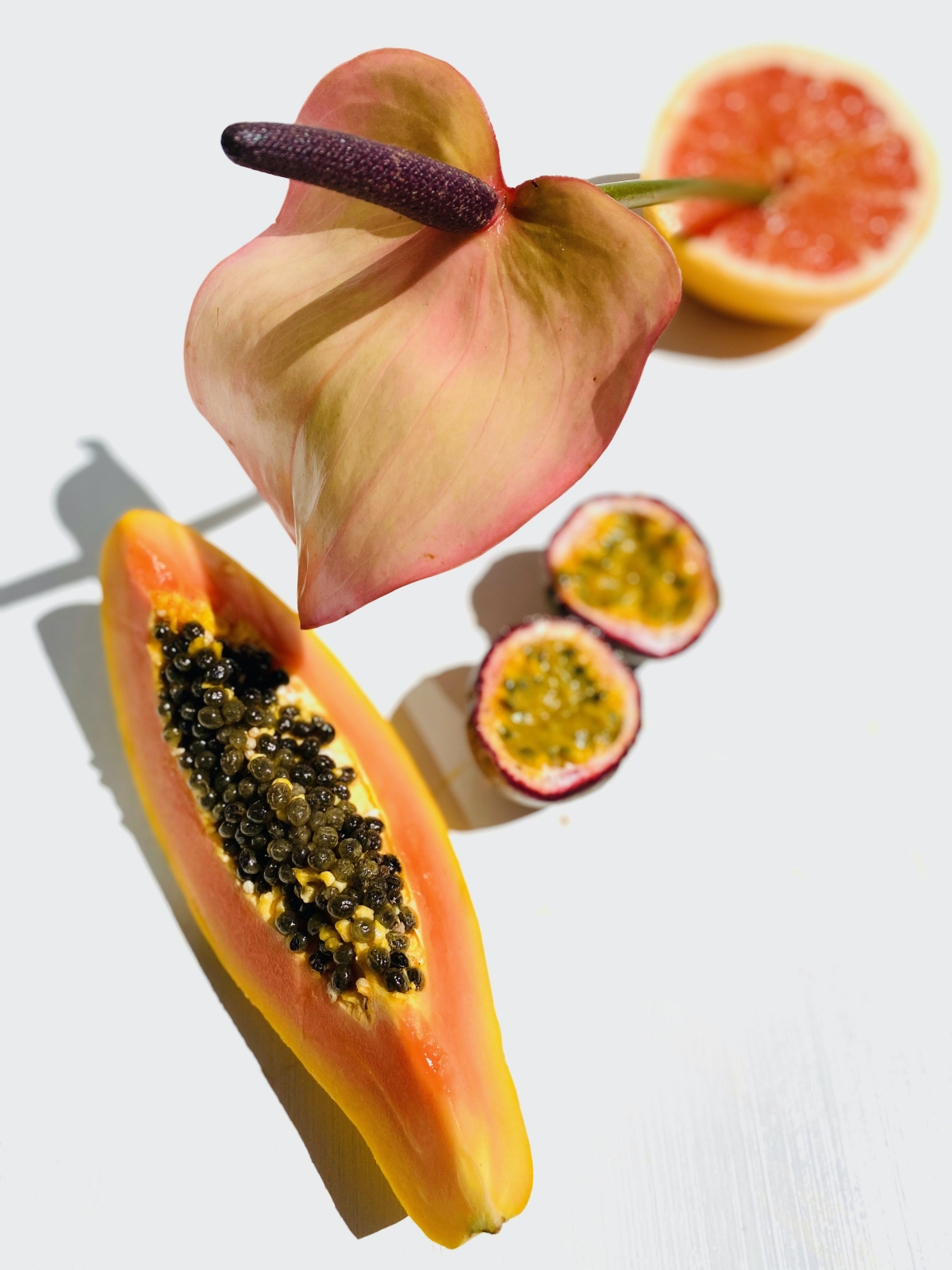
How to Prep and Apply Your Mask
Okay, let’s get to the fun part. The goal is a smooth paste that’s easy to apply and won’t drip everywhere.
- Prep your fruit. For one face mask, you only need about a quarter cup of papaya. Scrape out the seeds and remove the skin. You can mash it really well with a fork, or for a super smooth, professional-feeling mask, pop it in a small blender.
- Check the consistency. You’re aiming for something like a thick yogurt. Quick Tip: If your mask feels a bit too runny, don’t worry! Just mix in a teaspoon of colloidal oatmeal or plain yogurt. It’ll thicken it right up and add some extra skin benefits.
- Apply it. Start with a clean, dry face. I like using a flat foundation brush for an even layer, but clean fingers work just fine. Spread a nice, thick layer over your skin, making sure to avoid your delicate eye area and lips.

Timing Is Everything (Seriously)
This is where so many people go wrong. With an enzyme-active mask, longer is NOT better. The enzymes get to work fast.
- For beginners (using ripe papaya): Start with just 5 to 8 minutes. That’s it!
- Once your skin is used to it: You can work up to 10 or maybe 15 minutes, but never more.
- For advanced users (with green papaya): The clock is even shorter. I’m talking 3 to 5 minutes, max.
A slight tingle is normal—that’s the papain doing its thing. But if you feel any real stinging or burning, wash it off immediately with cool water. Your skin is telling you it’s had enough.
Making Your Papaya Last: The Best Kitchen Hack
So, you’ve used a small piece of papaya… what do you do with the rest of it? This is my favorite trick. Blend the remaining fresh papaya pulp into a smooth puree and pour it into an ice cube tray. Freeze it, then pop the cubes into a freezer bag.
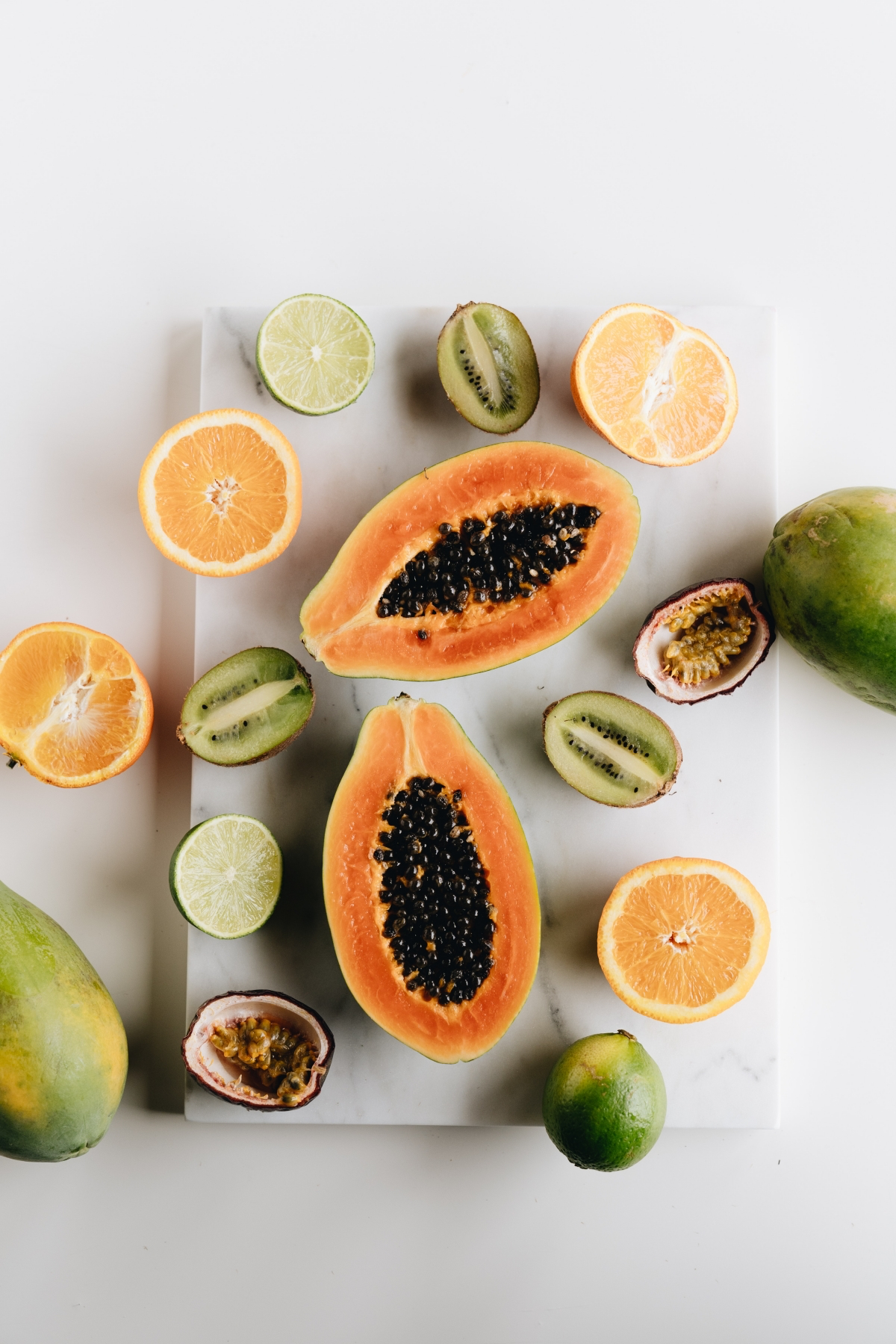
Voila! You now have single-serving face mask pods ready to go. Just take one cube out, let it thaw for about 20-30 minutes in a small bowl, and you have a perfect, fresh mask anytime you want. One cube equals one face mask. It’s a total game-changer.
Want to Customize Your Mask?
Once you know how your skin feels with a plain papaya mask, you can start adding other simple ingredients to tailor it to your needs.
- For Dry Skin: Add a teaspoon of raw honey. Honey is a natural humectant, which means it pulls moisture into the skin. You can find a decent jar for around $5 that will last you ages.
- For Oily or Acne-Prone Skin: Mix in a tablespoon of plain, full-fat yogurt. It contains lactic acid for extra exfoliation and probiotics to help balance your skin.
- For Sensitive Skin: A tablespoon of finely ground colloidal oatmeal is your best friend. It’s incredibly soothing and can help buffer the intensity of the enzymes.
After your time is up, rinse the mask off with lukewarm water, pat your skin dry, and follow up with your favorite moisturizer. Your freshly exfoliated skin will just drink it up.
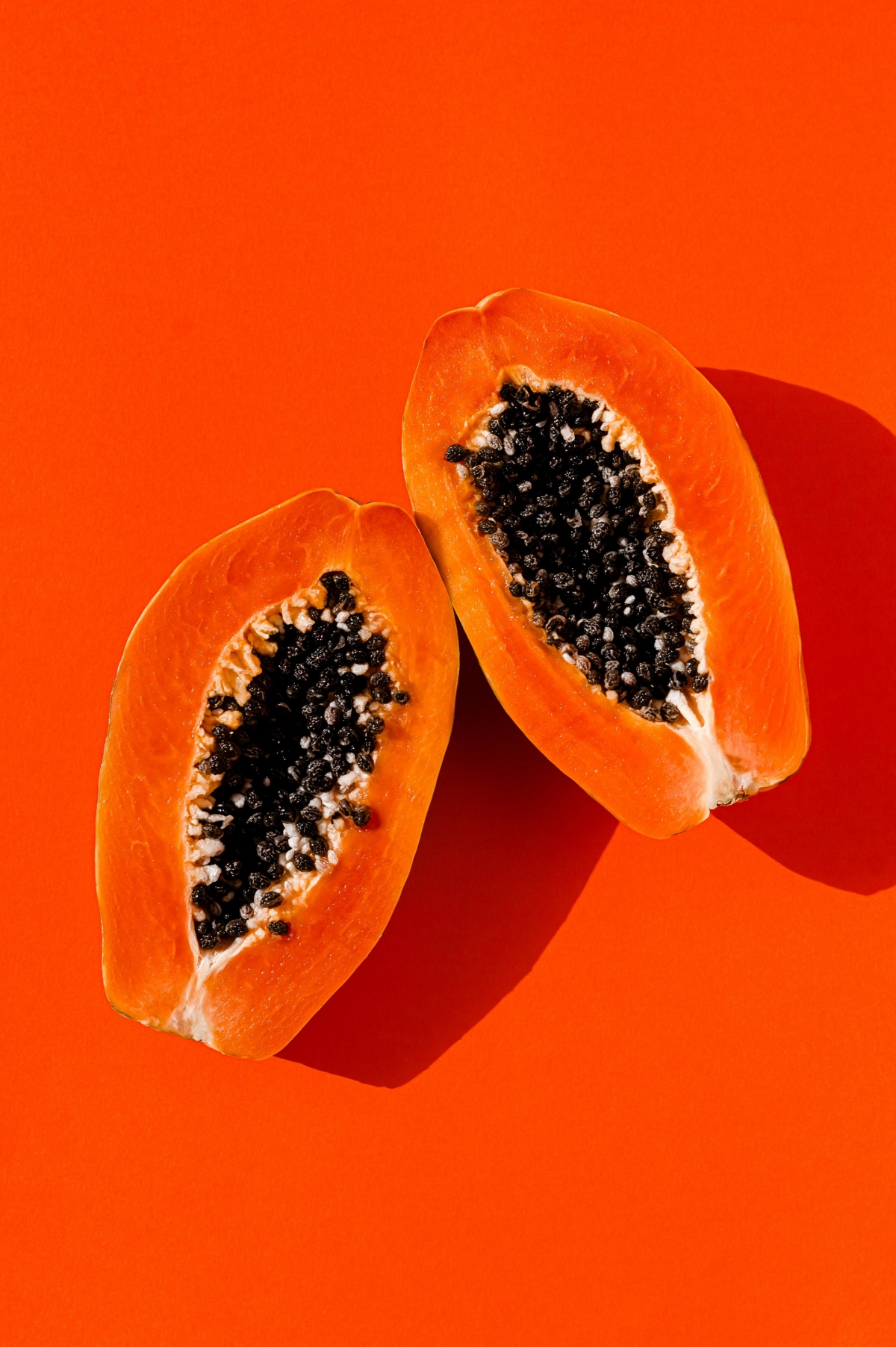
Read This Before You Start: A Few Important Warnings
As much as I love natural ingredients, “natural” doesn’t automatically mean “harmless.” Papaya is an active ingredient and needs to be treated with respect.
The most important warning is about what’s known as Latex-Fruit Syndrome. Papaya contains substances that can trigger a reaction in people with a latex allergy. This is no joke. If you get an itchy mouth from eating bananas, kiwi, or avocados, you’re at a higher risk and need to be extra careful. A patch test is mandatory for everyone.
Here’s how to do a patch test: Apply a tiny amount of the mask mixture to a discreet spot, like behind your ear or on your inner arm. Leave it for the recommended time (say, 10 minutes), rinse, and wait a full 24 to 48 hours. If you see any signs of a reaction—redness, itching, hives—do not put it on your face.
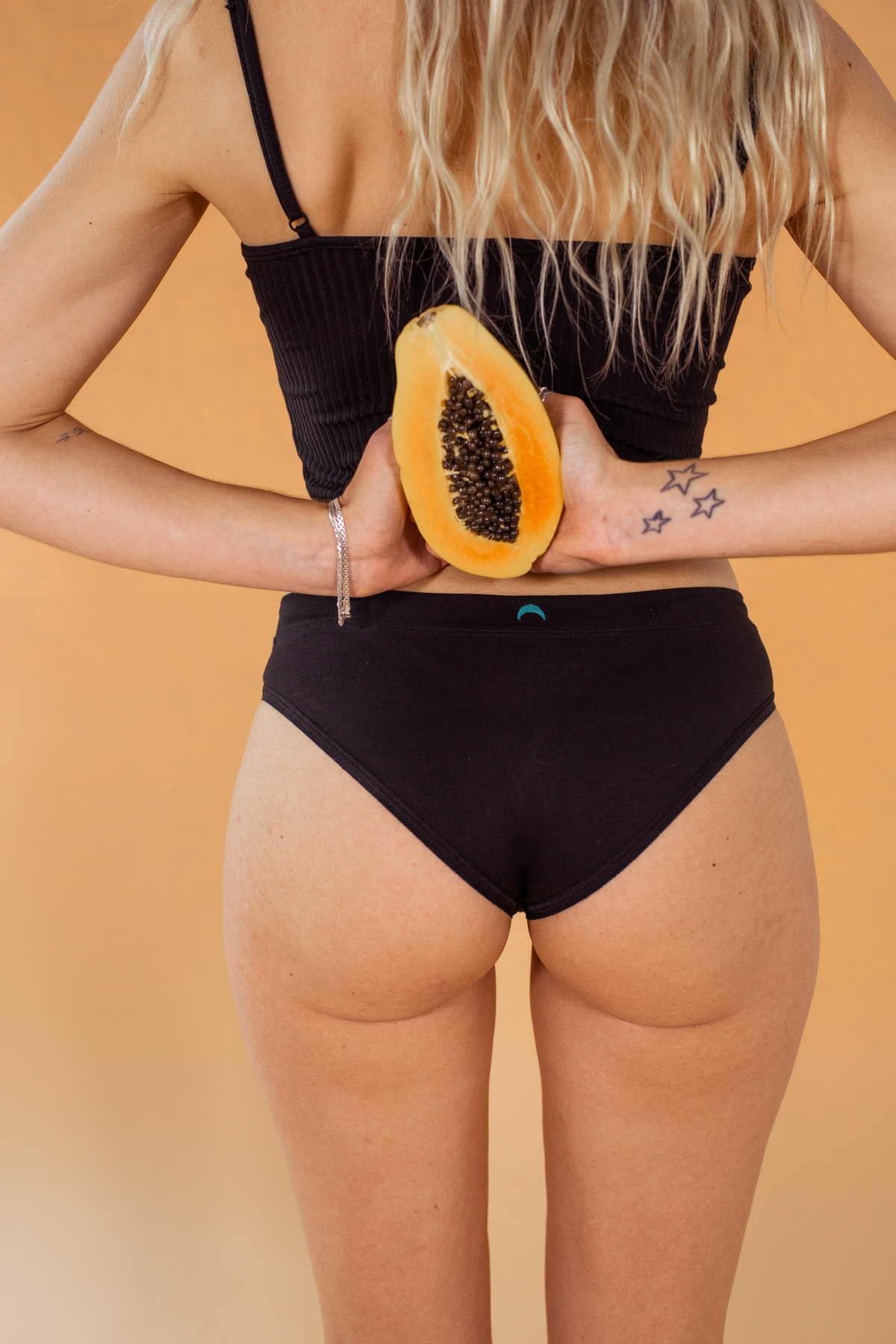
Also, remember that any exfoliation makes your skin more sensitive to the sun. Using a papaya mask without following up with sunscreen is just asking for trouble. You absolutely must use a broad-spectrum SPF 30 or higher the next day to protect that fresh, new skin.
Finally, let’s be realistic. A papaya mask is amazing for brightening your complexion, softening your skin, and maintaining a healthy glow. But it won’t erase deep wrinkles or cure severe, cystic acne. Think of it as a fantastic tool in your skincare toolkit, not a magic wand. Enjoy the process and the beautiful, radiant results it can bring!
Galerie d’inspiration
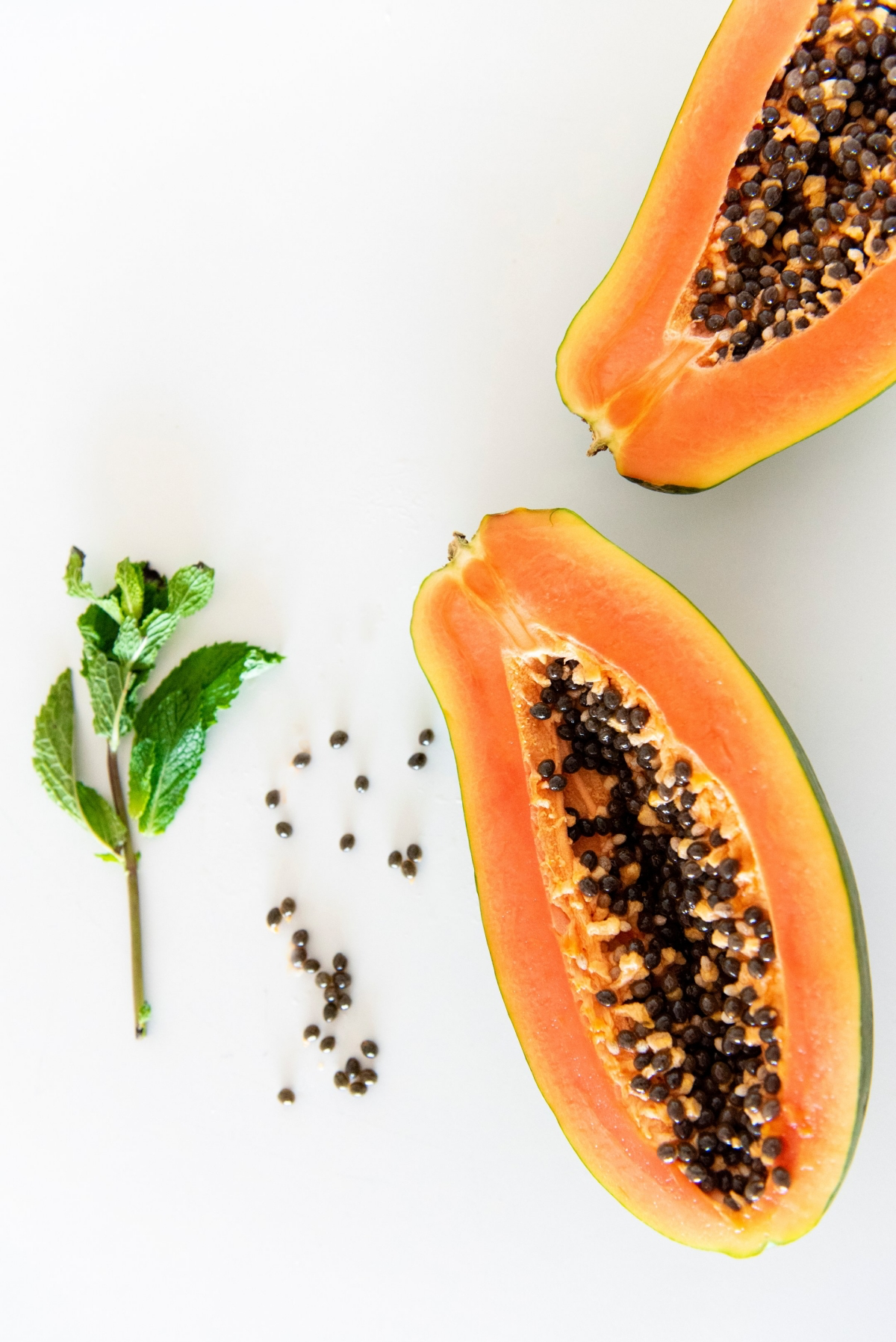
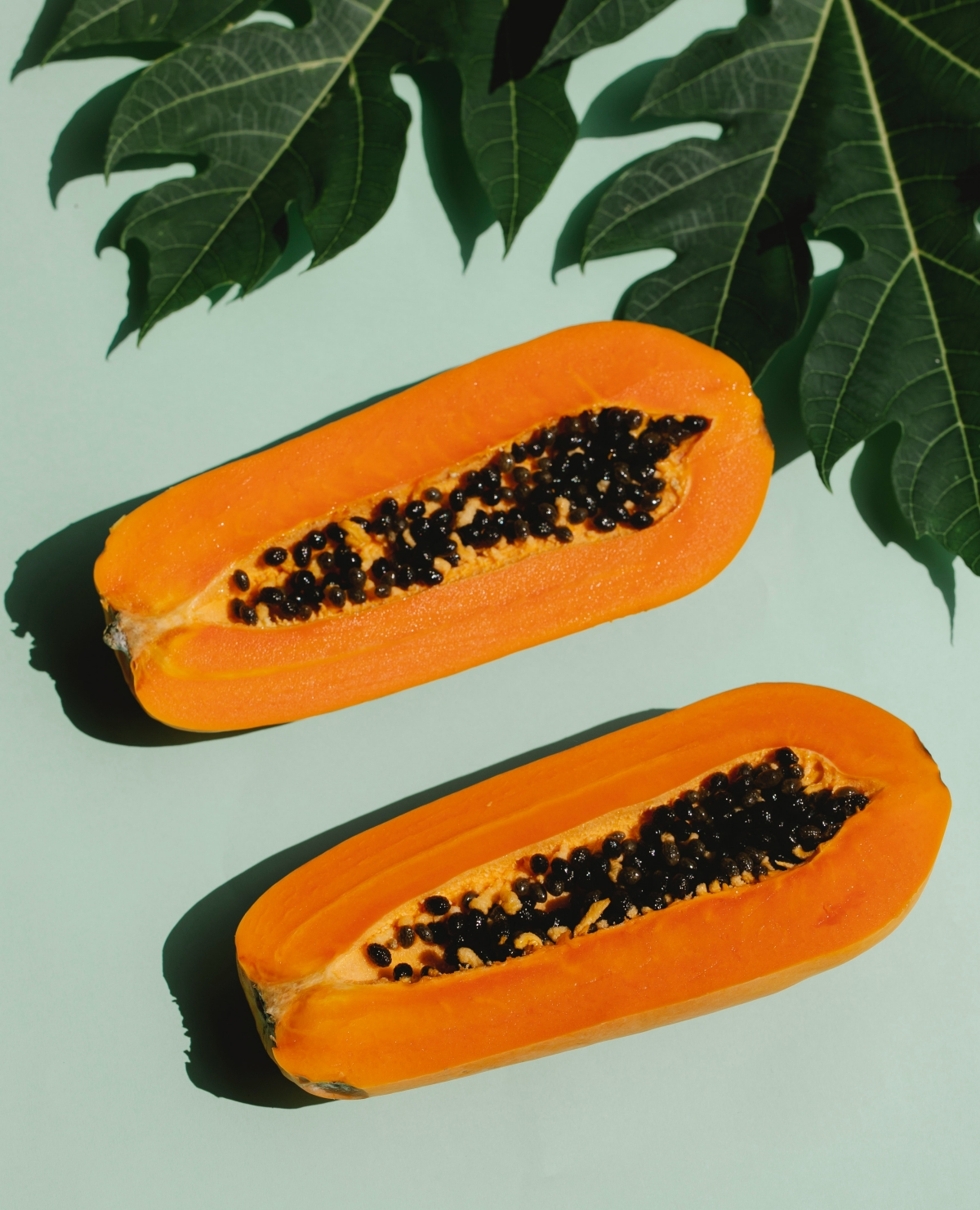
Ready to create your own glow-boosting blend? Start with about a quarter cup of well-mashed ripe papaya. From there, you can customize it to your skin’s unique needs:
- For extra hydration and antibacterial power: Stir in a teaspoon of raw Manuka honey.
- For a soothing, gentle lactic acid boost: Mix in a tablespoon of full-fat plain Greek yogurt.
- For oily or acne-prone skin: A few drops of lemon juice can help clarify, but use with caution if you have sensitive skin.
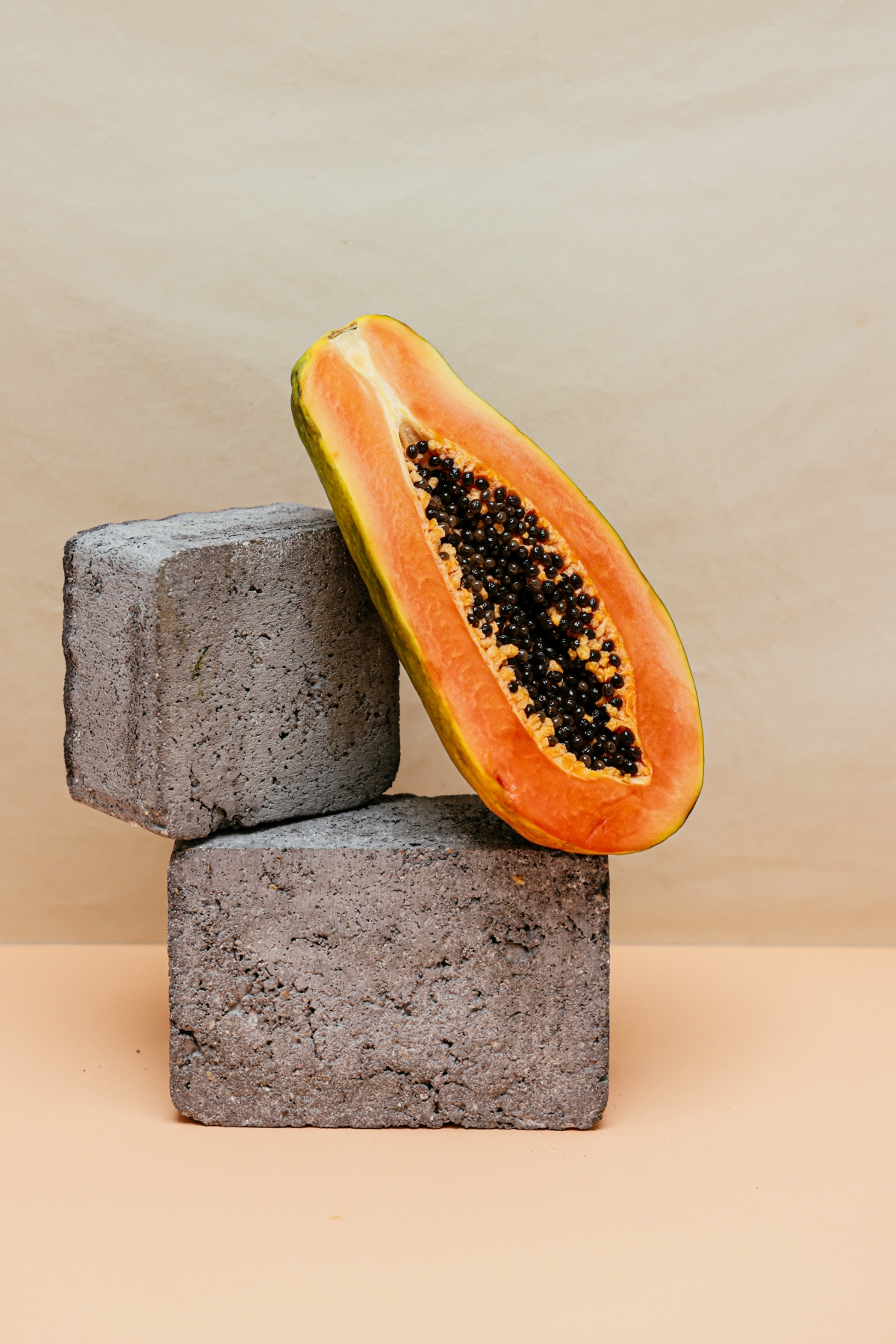
Skin feeling a little tight or sensitive after your mask?
You might be overdoing it. Papain is a powerful enzymatic exfoliant. While it’s gentler than a physical scrub, using it too often or leaving it on too long can compromise your skin’s protective barrier. Start with a 10-minute application, just once a week, to see how your skin reacts before considering more frequent use.
DIY Fresh Mask: The ultimate in freshness and affordability. You control the ingredients completely, ensuring no hidden preservatives. The downside? The potency of the papain enzyme can vary from fruit to fruit, and the mask’s texture can be messy.
Formulated Product: Opting for a product like the ELEMIS Papaya Enzyme Peel offers consistency and convenience. The enzymes are stabilized for peak performance, and the formula often includes other beneficial ingredients like pineapple and bladderwrack for a more targeted treatment. It’s a perfect choice for those short on time or seeking reliable, spa-quality results at home.










